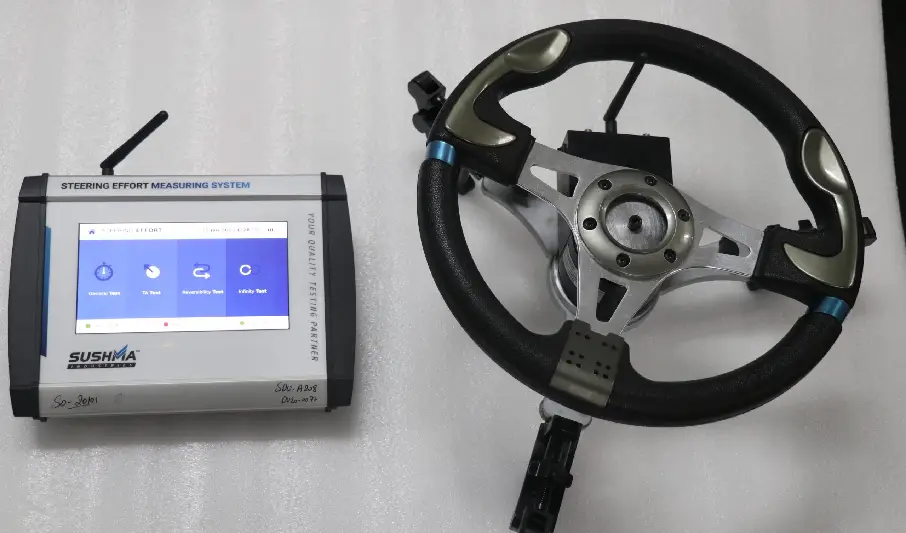Automotive Prototyping Services Auto Parts Manufacturing
We excels in automotive prototyping, delivering exceptional precision in auto parts manufacturing. Specializing in crafting high-quality mechanical components, our expertise ensures top-tier results in every project.
- Over 40 Certified Materials
- Custom Finishes
- No Minimum Order
- Fast Turnaround
Save 30% on average!

Importance Of Automotive Prototyping
Rapid prototyping drives automotive innovation
Automotive prototyping plays an invaluable role in the product development process within the automobile industry.
It allows manufacturers to visualize, test, and refine design concepts, ensuring the produced vehicle parts are high-performing and safe before mass production.
Moreover, prototyping can reveal unforeseen issues at an early stage, thus preventing costly errors down the line. Prototypes also serve as an effective tool for communication among teams and stakeholders, helping to align everyone with the product vision.
In summary, automotive prototyping significantly reduces the risks associated with large-scale production, paving the way for manufacturing excellence and higher customer satisfaction.

Automotive prototype manufacturing is intrinsic to all stages of design and development, encompassing concept proofing, CAD model visualization, structural and performance verification, functional and engineering tests, and crucially, validating manufacturing processes. In essence, it’s a comprehensive tool for ensuring product integrity and production efficacy.
The CAD Model Creation in automotive prototyping employs cutting-edge software to fashion a precise, three-dimensional representation of the vehicle design. This model enables engineers to scrutinize every detail, experiment with alterations, simulate real-world driving conditions, and optimize parts — all preceding the production of a physical prototype, ensuring efficiency and accuracy.


An automotive prototype for Structural and Performance Verification is essential in vehicle design. Crafted for testing structural integrity, durability, and performance, it features advanced materials like high-strength steel and composites, ensuring optimal strength-to-weight ratios.
The aerodynamic design integrates technologies such as adaptive suspension systems and efficient powertrains. Subjected to rigorous testing, including environmental and performance trials, it is evaluated for handling, acceleration, and braking.
The gathered data is vital for refining the design, adhering to safety standards, and boosting performance prior to mass production.
Functional and Engineering Testing of an automotive prototype involves evaluating the car’s mechanical systems, electronics, and overall functionality. This phase tests the vehicle’s engine performance, drivetrain efficiency, electrical systems, and software integration. Engineers assess reliability, safety features, and user interface functionality, ensuring all components work harmoniously under real-world conditions. This process is crucial for identifying and rectifying any issues before final production.


Production Process Validation of an automotive prototype focuses on verifying the manufacturing process’s efficiency and quality. It entails producing a prototype using the intended production line and equipment to ensure that mass production is feasible, consistent, and meets quality standards. This stage tests assembly methods, tooling accuracy, and production timing, crucial for identifying potential issues in the manufacturing workflow before full-scale production commences.
What techniques are used in Automotive Prototyping?
Common techniques include CNC machining, 3D printing, vacuum casting, and sheet metal fabrication. Each method offers unique advantages depending on the complexity, material, and precision required.
How important is material selection in Automotive Prototyping?
The choice of material is critical as it must have very similar or even the same properties as the final production material. This ensures accurate testing and verification of the prototype’s performance and durability.
Can Automotive Prototypes be used for performance testing?
Yes, automotive prototypes are often used for rigorous performance testing. This includes stress tests, aerodynamics, thermal management, and crash simulations to ensure safety and reliability.
How does Automotive Prototyping benefit the final product?
Prototyping allows engineers to identify and rectify potential issues early in the design process, improving the final product’s quality, safety, and performance. It also aids in streamlining the manufacturing process.
